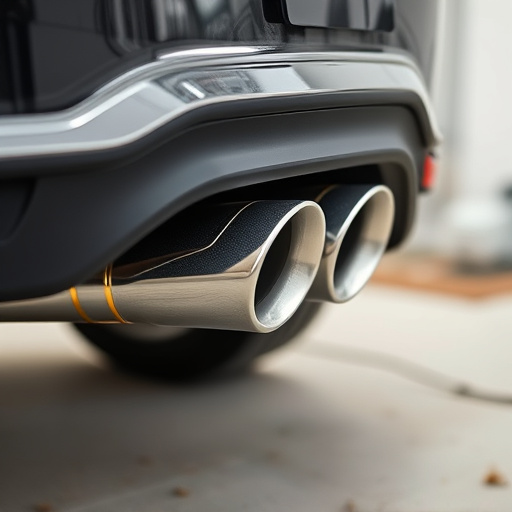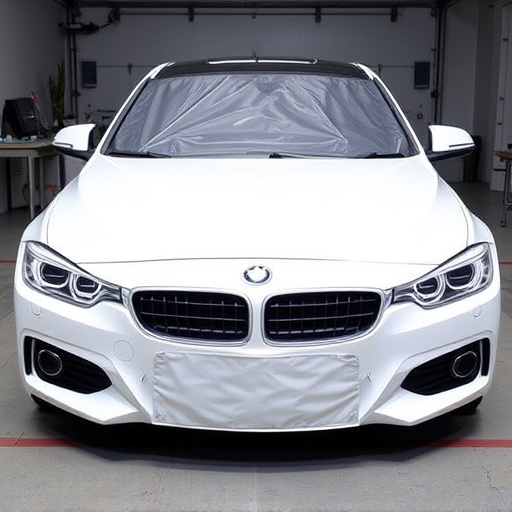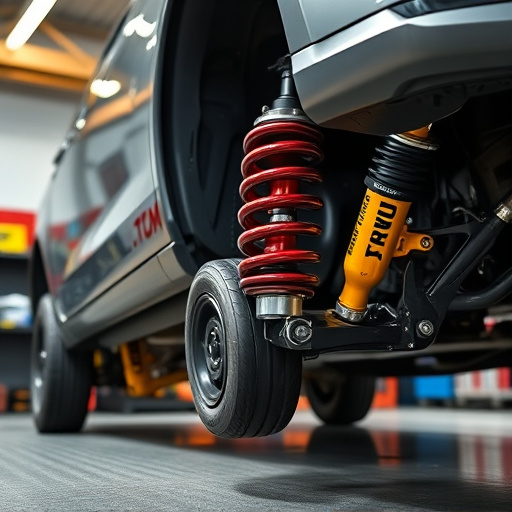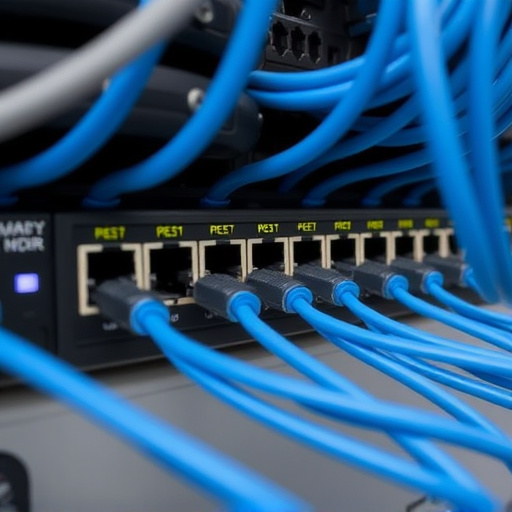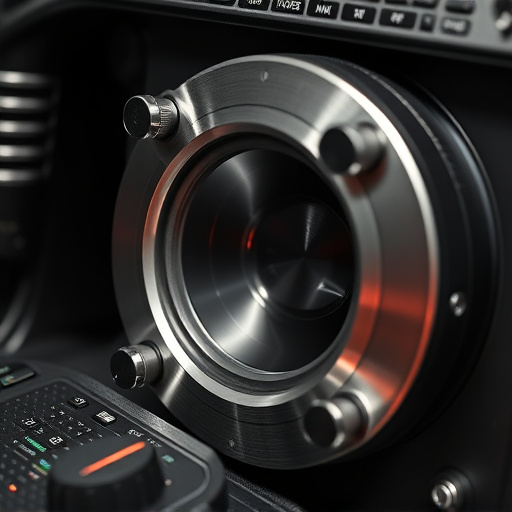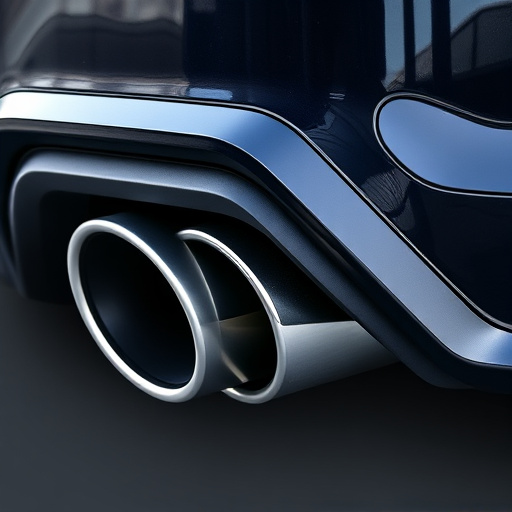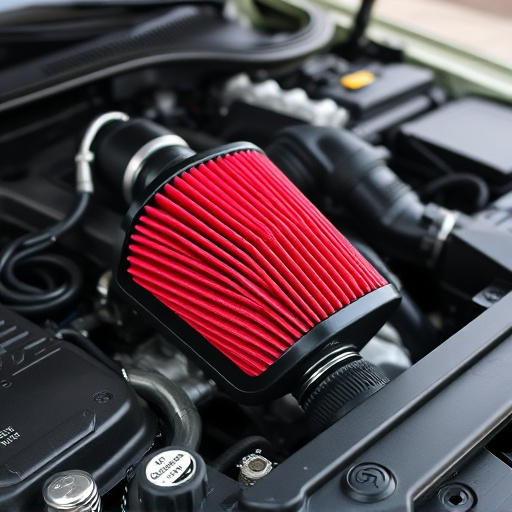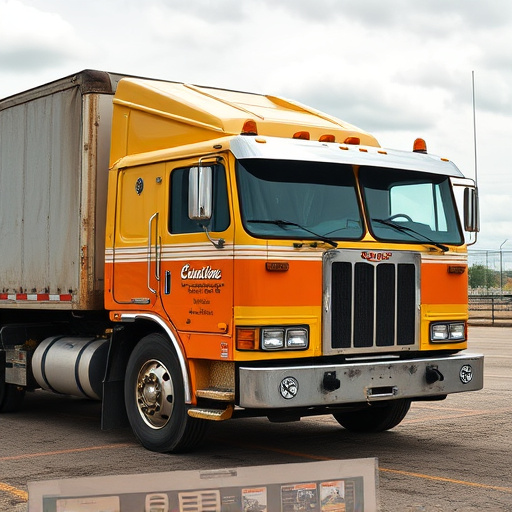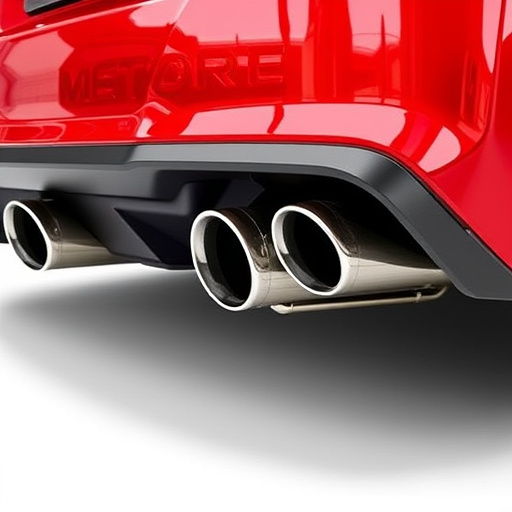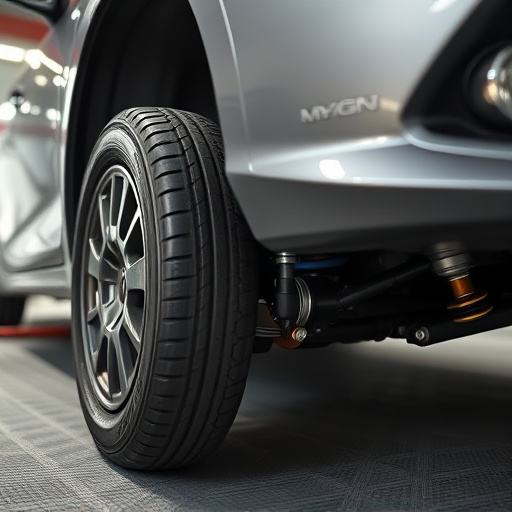Misinterpreting a vehicle's cooling system needs during an intercooler upgrade can lead to underperforming boosts and engine damage. Ensure proper integration with air intake and exhaust systems, consult manuals, seek expert advice, use correct measurements, and follow safety guidelines for optimal results without compromising performance or safety.
Upgrading your vehicle’s intercooler seems like a straightforward task, but common mistakes can lead to inefficient cooling or even damage. This article guides you through the key blunders to avoid during an intercooler upgrade. We’ll explore misinterpretations of your vehicle’s unique cooling system requirements, selection of incorrect sizes and compatibility issues, and the importance of proper installation techniques and safety precautions for a seamless and effective upgrade.
- Misinterpreting Your Vehicle's Cooling System Requirements
- Choosing the Wrong Intercooler Size and Compatibility
- Neglecting Proper Installation Techniques and Safety Precautions
Misinterpreting Your Vehicle's Cooling System Requirements
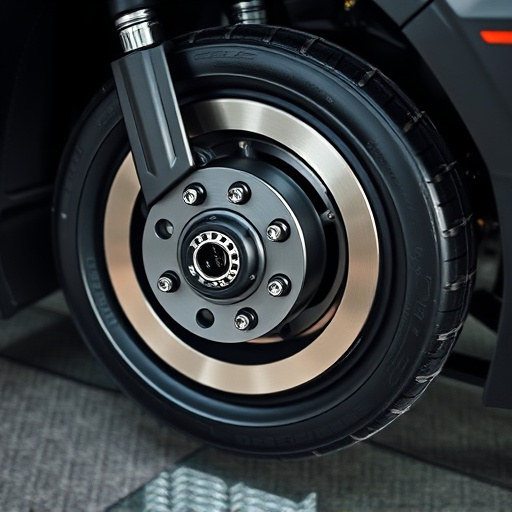
When planning an intercooler upgrade, one of the most common mistakes is misinterpreting your vehicle’s cooling system requirements. Not all vehicles are created equal, and what works for one might not be suitable for another. Understanding your car’s unique needs is crucial before making any modifications. The cooling system plays a vital role in maintaining optimal engine temperatures, especially during high-performance scenarios.
A simple mistake could be assuming that installing a larger intercooler will automatically improve performance. However, it’s essential to consider the vehicle’s air intake systems and performance exhaust as well. These components work in harmony with the intercooler to ensure efficient cooling and optimal airflow. A mismatch or inadequacy in any of these can lead to underperforming upgrades and potentially harmful engine conditions.
Choosing the Wrong Intercooler Size and Compatibility
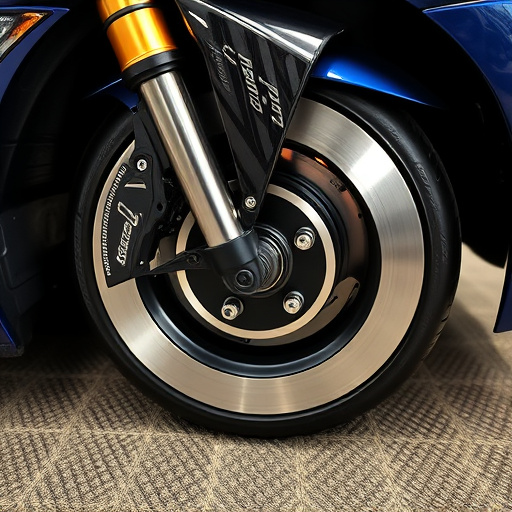
When upgrading your intercooler, one of the most common mistakes to avoid is choosing the wrong size and compatibility. It’s crucial to consider your vehicle’s make, model, and year when selecting a new intercooler. Using an intercooler that doesn’t fit properly can lead to poor performance and potential damage to your engine components. Ensure you get precise measurements and consult your vehicle’s manual or seek expert advice to avoid this pitfall.
Additionally, incompatible intercoolers can cause issues with your car’s cooling system, especially when upgrading other components like brake rotors, exhaust tips, or installing a performance exhaust. Always cross-reference the new intercooler with your existing setup to ensure seamless integration and optimal engine performance.
Neglecting Proper Installation Techniques and Safety Precautions
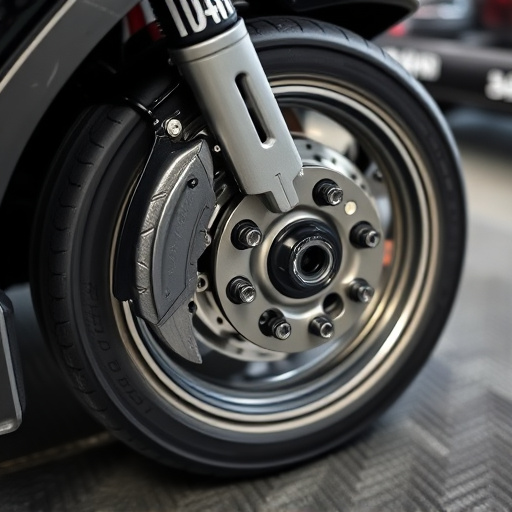
When undertaking an intercooler upgrade, one of the most common mistakes to avoid is neglecting proper installation techniques and safety precautions. Many enthusiasts rush the process, either out of impatience or a lack of understanding, leading to suboptimal results. Using high-performance parts like advanced intercoolers demands meticulous attention during installation. This includes ensuring all components are aligned correctly, gaskets are sealed properly, and the intercooler is securely fastened.
In addition, safety should never be compromised. Failure to observe safety precautions can result in serious injuries or damage to other components, such as high-performance brakes (including brake rotors) that might be located nearby. Adequate tools and personal protective equipment are essential, and following the manufacturer’s guidelines strictly is crucial for a successful intercooler upgrade that enhances your vehicle’s performance without compromising safety.
When undertaking an intercooler upgrade, avoiding common mistakes is key to ensuring optimal performance and safety. Misinterpreting your vehicle’s cooling system requirements, selecting an incorrect intercooler size or compatibility, and neglecting proper installation techniques and safety precautions can lead to subpar results and potential hazards. By understanding these pitfalls and adhering to best practices, you’ll be well on your way to a successful intercooler upgrade that enhances engine performance and reliability.

